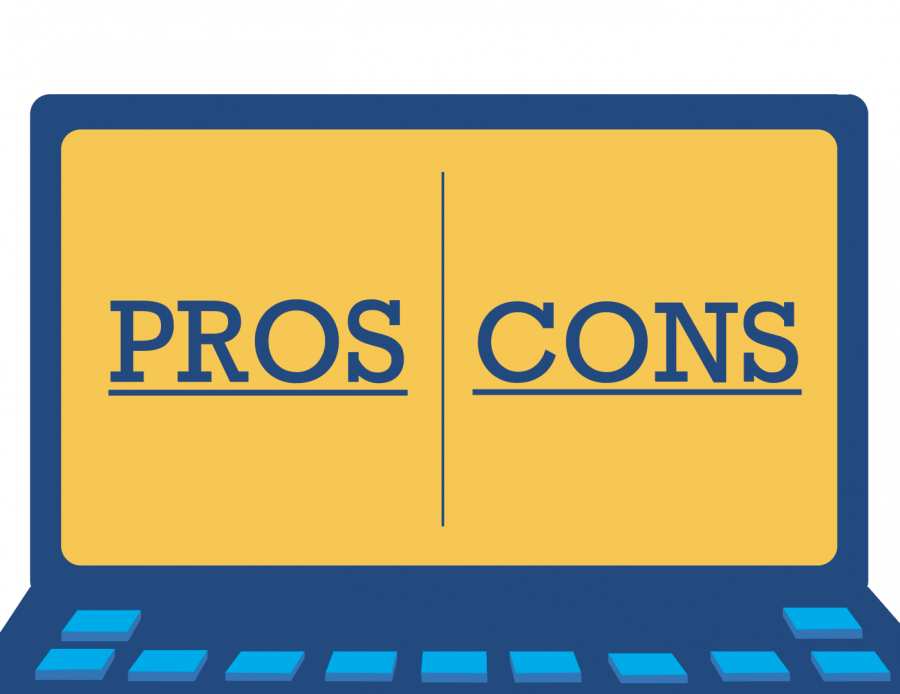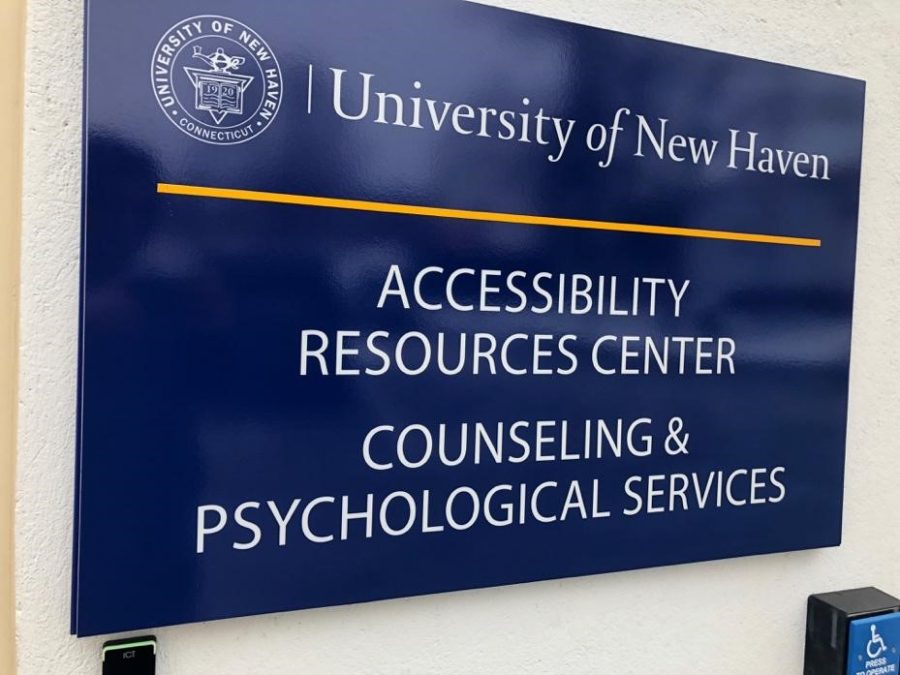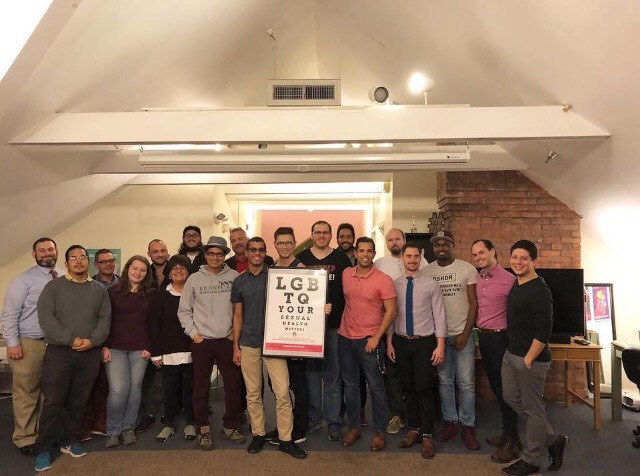A Food and Drug Administration advisory panel, which met to consider placing warning labels on foods containing artificial dyes, determined at the end of March that these colorings were safe to eat.
The FDA board convened following scientist discoveries that while artificial dyes may not harm typical children, individuals with already-established behavioral problems could see symptoms worsen. According to CBS News, claims of color additives causing ADHD and hyperactivity have been circulating since the 1970s.
The New York Times reported that the committee voted eight to six against requiring warning labels on products with artificial dyes. The added coloring is used in many kid’s favorites, such as Fruit Loops and Kraft Macaroni and Cheese.
The Grocery Manufactures Association breathed a sign of relief when the FDA issued its ultimate decision against warning labels.
“We agree with today’s FDA’s advisory committee finding which determined that there is insufficient evidence of a causal link between artificial colors and hyperactivity in children,” a spokesperson for the group said.
However, the association’s agreement with the FDA could have more to do with sales than with the actual health concerns. The Health Freedom Alliance reported that colored foods are more appealing than those in their natural state. In fact, the article recalls a taste test in which colored Cheetos generated more appeal than their “naked” counterparts. Samantha Shelke, a food chemist from the Institute of Food Technologists, agreed.
“Color is such a crucial part of the eating experience that banning dyes would take much of the pleasure out of life,” Shelke claimed.
Although the FDA’s conclusion may seem opposed to those fighting against artificial colorings in foods, the advisory panel’s acknowledgement that dyes may affect some children is a big step in raising awareness for the issue.









